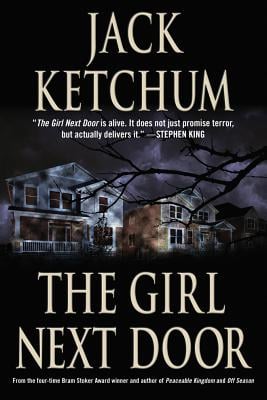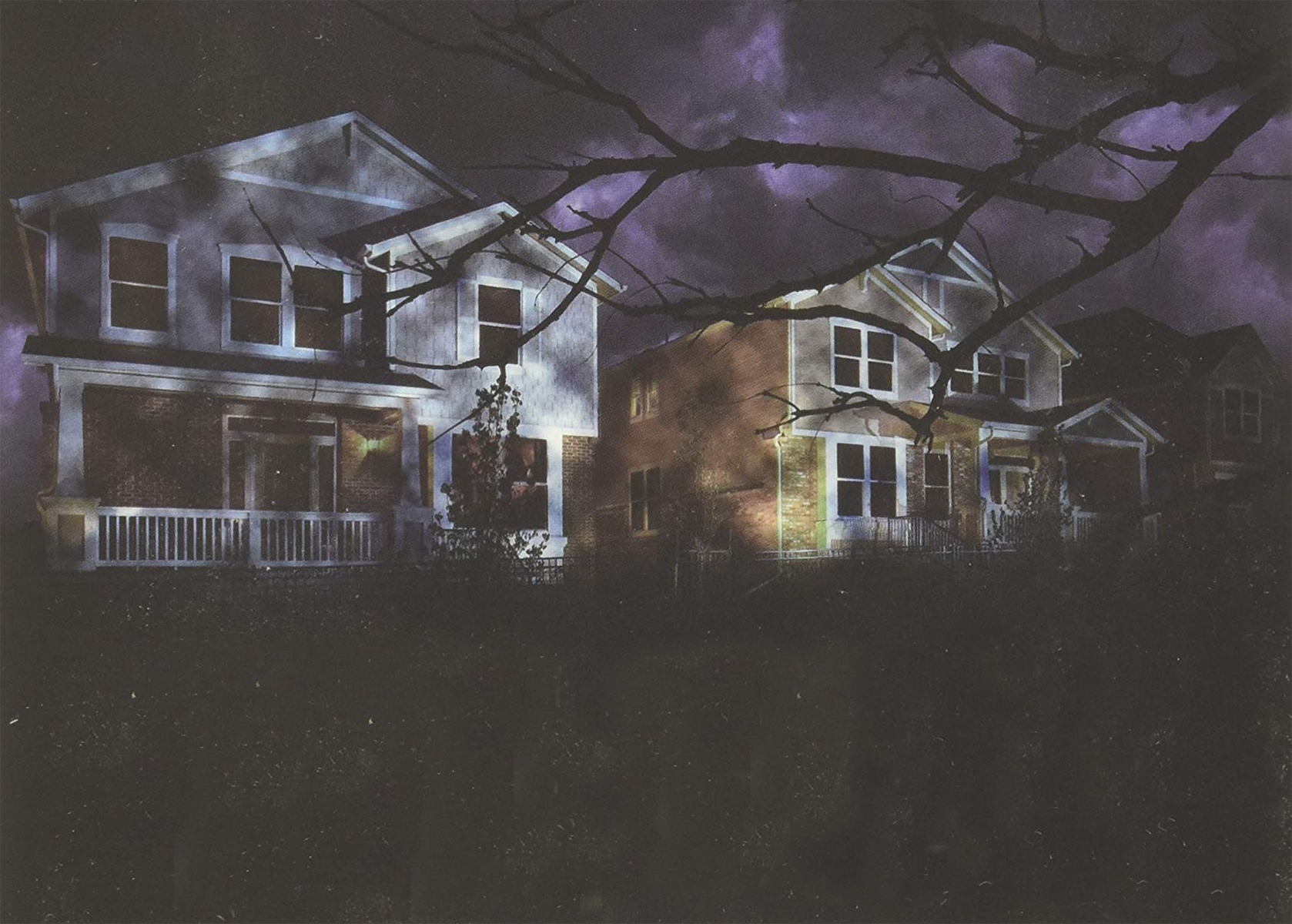Horror has given us some of cinema’s female icons. Not “horror” icons. Icons. Period. Sigourney Weaver as Ripley in the Alien franchise. Jaime Lee Curtis as Laurie Strode in the Halloween franchise. Neve Campbell as Sidney Prescott in the Scream franchise. And, my personal favourite, Shauna Macdonald as Sarah Carter in The Descent. Horror cinema has deified these women (maaaybe not so much Sarah) as heroes of the silver screen and bulwarks of female empowerment.
But while horror has championed these characters, they are not so kind to the gender identity as whole.
The female in horror is bound by rules we all know as cliches now. They must be virginal. Obedient. Polite. Smart, but not cunning. If they deviate from these prescribed behaviours, then they are to be killed at once.
And, what’s more, we – the audience – must know that they are being killed for this reason. A girl smokes a cigarette? Kill her. A woman dare enjoy sex? Gut her like a fish. There are many reasons to love horror, but often their treatment of women is not one of them. Looking at a specific case, Jack Ketchum’s The Girl Next Door, leaves a lot to examine.
Jack Ketchum’s The Girl Next Door
While there are several arguments that show how horror has come on from this formulaic trope, at the time of Jack Ketchum’s writing of The Girl Next Door these were not well developed. In 1989 the Berlin Wall came down, Michael Keaton’s first run as Batman came out, Taylor Swift was born, and in a fictional novel, a girl was tortured to death for no other reason than, she could be.
It is important to note here that this novel is based on the 1965 true crime case of Sylvia Likens. This article will not deal with parallels with this case.
In Jack Ketchum’s The Girl Next Door Meg and her sister Susan move in with their Aunt Ruth after a car crash kills their parents. Meg is an exotic creature to the boys of the street, a girl from New York who’s tried lobster and walked amongst the towering concrete skyscrapers. She’s different. Cultured. And terribly, terribly alone.

The ease from which this novel moves from (what could be read) as a simple love story between Meg and David is alarming. And that is terrifying. There’s no real marker on Ruth’s house that evil lurks within it, within her. She’s a bit generous with beers to underage kids, but the adage “I’d rather you drank in the house!” easily dispels any ill feeling one may harbour about drinking before you’re of age. Especially in Scotland.
Yet what follows is one of the most disturbing attacks on a young girl I’ve ever read.
We Gave Her Choice. She Wasn’t Interested
In Jack Ketchum’s The Girl Next Door this line is uttered by Donny, one of the boys in Ruth’s ever violent gang of kids and is in response to David’s half-hearted attempt to alleviate some of Meg’s discomfort within the basement.
But what choice was she given? (Spoilers to follow).
— FOUNDATIONS OF HORROR —
Further explore these subgenres & tropes. more>>
#The House is Scary | #Sex & gender horror

As Meg is hung by her arms in Ruth’s basement, the boys offer her a trade. If she lets them touch her, they will loosen her restraints so that she is able to stand a modicum more comfortably. To the boys, the trade seems fair. To Meg, the trade is another humiliation for… what? Basic human decency?
It’s in this question, a small collection of sentences at the bottom of page 155, that this iconic horror text withholds its deepest and most disturbing nugget of terror.
While David is bargaining for Meg’s restraints to be loosened a little, he says:
“I said this in a voice loud enough so that she could hear.”
He shrugged. “We gave her a choice. She wasn’t interested.”
“I know that,” I said. And here I leaned forward and smiled at him and whispered. “But she might be grateful,” I said. “You know? She might remember. Next time.”
A Reflective Response to The Girl Next Door
Arguments about horror rage across the world. Friend groups are torn asunder. What type of horror is scarier? The supernatural ones or the ones founded in real life villainy? Demons, haunted cars, floating crucifixes are all vomit inducing, nausea inspiring, horror staples – but in those few sentences written by Jack Ketchum over three decades ago, can’t we see a glimmer of our own world shining back at us?
The choice those boys offered Meg wasn’t a choice at all, but a concession of defeat, one that Meg refused to make. As I read those words with my 2021 “Woke Hat” on I knew what side of the horror-divide I rested on – horror founded in real life is far more terrifying than any costumed monster hounding teens on screen.
Additional Reading
Jack Ketchum Talks About the Horrors That Live ‘Next Door’
Last Updated on December 17, 2021.

